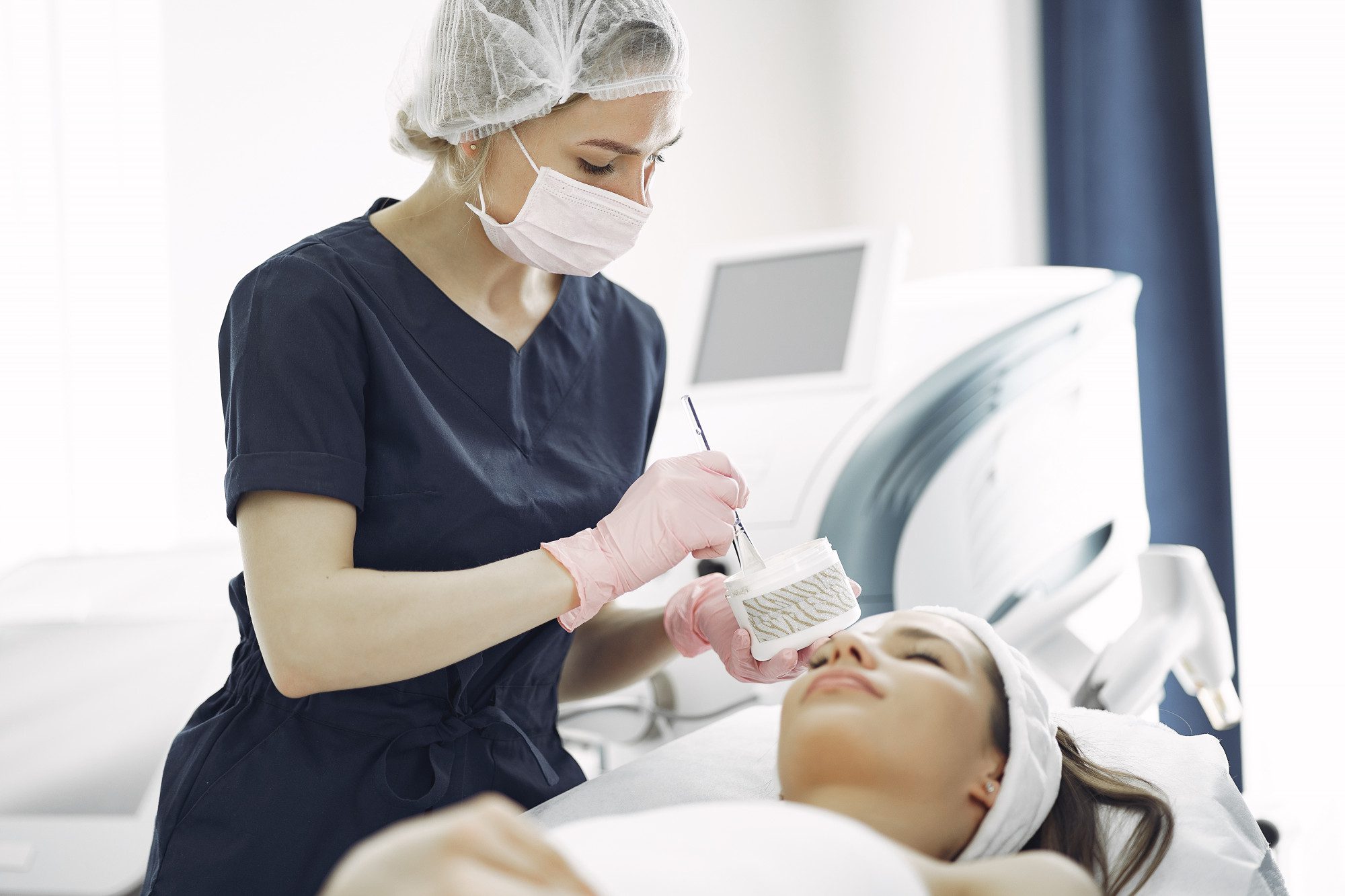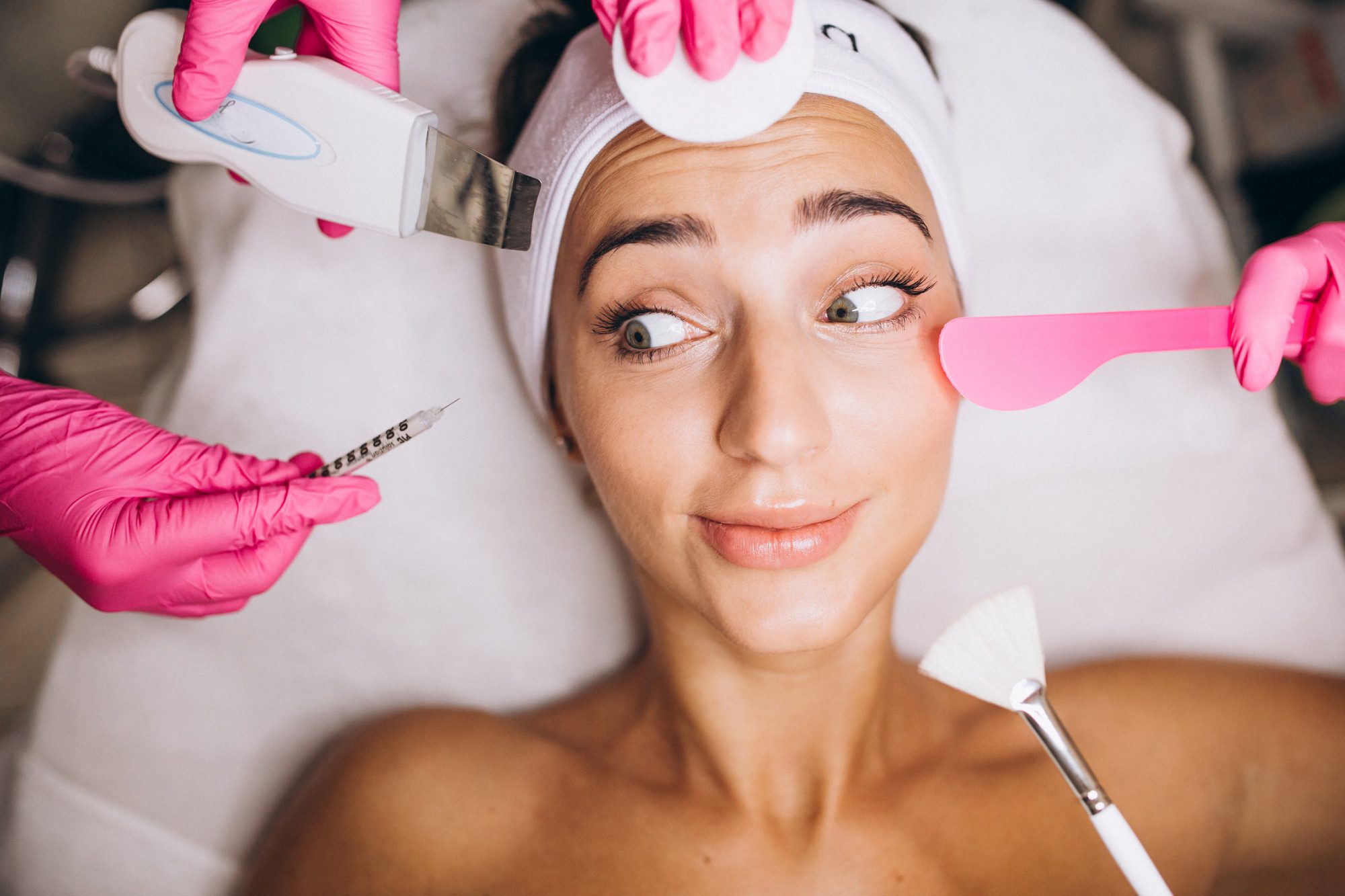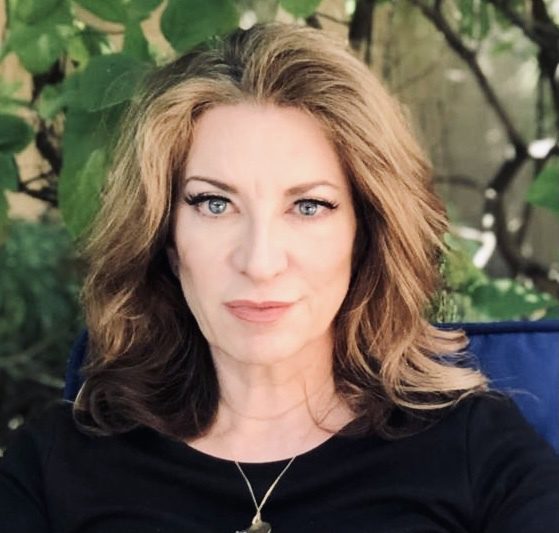
Did you know the skin is the largest organ in your body?
Many times your skin is completely ignored as you step outside into the elements. Regardless if it is sunny or cloudy, gone are the days when you should grab the Coppertone with the cute little girl and her dog on the bottle and spend hours soaking up the sun. The USDA reports approximately 70% of American adults do not protect themselves from the dangerous rays when outside, and according to Mayo Clinic, you can even get a sunburn on a cloudy or cooler day.
Brenda Vogl, RN, Nurse Practitioner in Dermatology, shares that when meeting with patients she offers this number one piece of advice to protect their skin…
Stay out of the sun.
She recommends, “If you do need to be out in the sun for work, sports, recreation etc. then it is essential to apply a sunscreen of SPF 50. Try and wear a broad brimmed hat, protect your eyes by wearing sunglasses and when possible opt for clothing with UPF 50. Lastly, don’t forget the lips, apply a lip balm with at least SPF 15.”
What makes the sun so harmful?
The danger from the sun is the ultraviolet radiation, which is energy from the sun that reaches the earth as visible, infrared, and ultraviolet (UV) rays. There are 3 types of ultraviolet rays: UVA, UVB and UVC each with different wavelengths. Only UVA and UVB ultraviolet rays reach the earth’s surface. The earth’s atmosphere absorbs UVC wavelengths.
- UVB rays cause a much greater risk of skin cancer than UVA.
- UVA rays cause aging, wrinkling, and loss of elasticity.
- UVA also increases the damaging effects of UVB, including skin cancer and cataracts.
How many millions are diagnosed with skin cancer each year?
- a) 1 million
- b) 5 million
- c) 10 million
If you guessed (b) 5 million you are correct, 5.4 million basal and squamous cell skin cancers are diagnosed each year in the US (occurring in about 3.3 million Americans, as some people have more than one). About 8 out of 10 of these are basal cell cancers. Squamous cell cancers occur less often. The number of cancer cases is increasing each year due to better skin cancer detection, people getting more sun exposure, and people living longer.
The good news is catching skin cancer early can prevent these lesions from becoming dangerous. But what if you’re like most people and you’ve spent one summer too many in the sun?

Here are a couple of answers to the most common questions asked when it comes to sun protection and sun safety.
#1 How do I know my mole should be checked?
- Have you noticed a new, dark lesion on your skin? Has it changed in size, shape, border, symmetry?
- Have you noticed a persistent red, scaling lesion on sun-exposed areas?
- Have you noticed a sore that won’t heal on sun-exposed areas?
If the answer is yes to any of the above, it’s advisable to see a dermatologist and get the spots checked out. This is truly the only way to know if they are safe or not. And while you’re at it, be sure to ask how often your unique skin should be examined. Then, set yourself a reminder to visit your doctor as needed to keep an eye on any troublesome spots down the road.
#2 Which sunscreen protects against skin cancer?
In addition to staying hydrated, applying sunscreen is one of the best things you can do for your skin to keep it healthy. With so many products out there in the market, having a good sunscreen is top of the list. A sunscreen’s SPF (sun protection factor) number refers to the amount of UVB protection it provides.
Dr. Vogl suggests, an SPF 50 blocks approximately 98% of UVB rays and to look for a product that says broad spectrum. A sunscreens SPF is only fully protective for 2 hours after you apply it. Ideally your sunscreen should list as an active ingredient(s) zinc oxide and/or titanium dioxide 5% or higher which are physical blockers as opposed to chemicals. So how much is adequate? You should apply approximately 1 ounce of sunscreen.
#3 What else can you do?
Always keep your sunscreen handy. Many of us have gotten used to grabbing our keys, phone and hand sanitizer as we leave for the day, all good things. But for the health of your largest organ, it’s important to always remember your sunscreen.
Enjoy your freedom from the walls of an office or non traditional work schedule with some proper planning. If you know you will be outside all day, throw that sunscreen tube in your backpack or purse, along with your water bottle. Apply an SPF sunscreen on parts of your body that get exposure and remember to reapply every two hours without being skimpy on the amount.
One more pro-level tip: If you have never had your entire skin from head to toe checked for questionable spots, you may want to schedule that appointment with your dermatologist sooner than later. Early detection of mystery spots can help prevent life threatening lesions.

Melissa Blatt is the founder of indipop, a marketplace that offers high-value, simple and affordable healthcare for the self-employed. Curious about healthshare plans from indipop? Within minutes, you can be matched with the best fit for your budget and needs. To get started, visit their website. https://indipop.co/





0 Comments